Table of Contents
Master dry red chiles with these 5 essential tips that every home chef needs to know. From flavor enhancement to perfect storage, these expert techniques will transform your cooking.
- Toast before using - Enhance flavor complexity and reduce bitterness by quickly toasting dried chiles in a dry skillet.
- Rehydrate properly - Soak in warm broth or water for 20-30 minutes to release full flavor and achieve ideal texture for sauces.
- Remove seeds for controlled heat - Capsaicin concentrates in seeds and white membranes; removing them reduces heat while preserving flavor.
- Store in airtight containers - Keep chiles away from light, heat, and moisture for up to 2 years; freeze for extended freshness.
- Choose the right variety - Match chile type to your dish: ancho for smoky sweetness, cayenne for intense heat, chipotle for smoky depth.
Practical Tips for Working with Dry Red Chiles
If you've ever tried to cook with dry red chiles, you know they can be a bit of a challenge at first. But once you get the hang of it, they become one of your most versatile tools in the kitchen. Here are detailed tips to help you master them:
- Toast before using: Toasting dry chiles in a pan or oven enhances their flavor and makes them easier to rehydrate. Just a few minutes over medium heat is all it takes. For best results, toast whole chiles until fragrant (30-60 seconds per side), but avoid charring. This step is crucial for authentic mole and adobo sauces, as noted by the International Chili Society.
- Rehydrate properly: Soak dried chiles in warm broth or water for 20-30 minutes until they soften. This helps release their flavor and makes them easier to blend into sauces or purees. For maximum flavor, use broth instead of water to infuse additional depth. According to culinary experts, rehydrating in hot (not boiling) liquid preserves volatile compounds that create complex aromas.
- Remove stems and seeds: For milder dishes, remove the stems and seeds before cooking. The seeds contain 80% of capsaicin (the compound responsible for heat), so this is the most effective way to control spice level without sacrificing flavor. Use kitchen shears to cut open chiles and scrape out membranes.
- Blend or grind: Once rehydrated, blend chiles into smooth pastes or grind into powder for spice mixes. For restaurant-quality results, strain blended chiles through a fine-mesh sieve to remove fibrous bits. Professional chefs recommend using a high-powered blender with 1-2 tablespoons of liquid per chile for silky textures.
- Store wisely: Keep dry red chiles in an airtight container away from light and moisture. For optimal shelf life (6-12 months), store in a cool, dark pantry. For extended storage (up to 2 years), freeze them in a sealed container with silica gel packets to prevent moisture buildup.
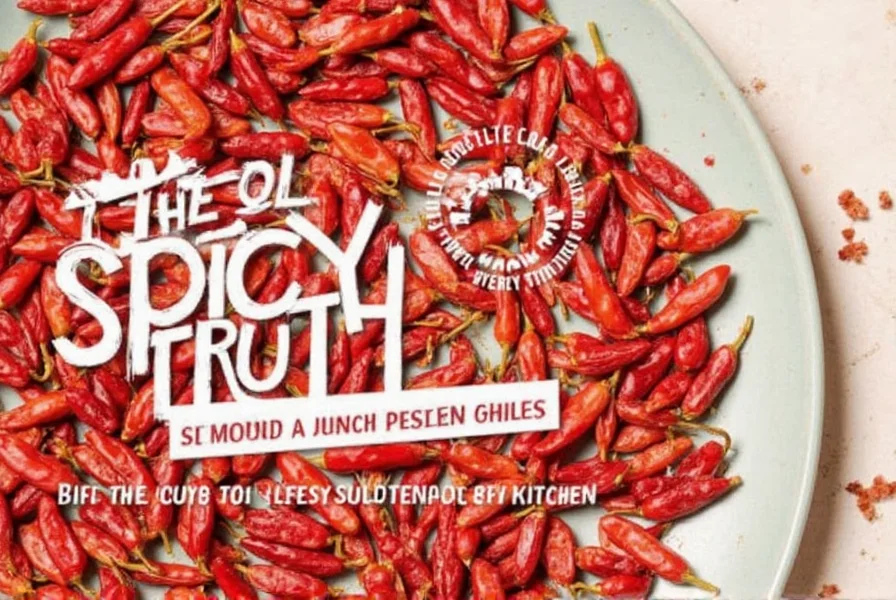
| Chile Type | Flavor Profile | Heat Level | Best Uses |
|---|---|---|---|
| Ancho | Mild, sweet, and smoky | Low to medium | Mexican mole, enchilada sauces, soups |
| Guajillo | Tangy, fruity, slightly spicy | Medium | Salsa, adobo, marinades |
| Cayenne | Sharp, hot, and pungent | High | Hot sauces, spice blends, seasoning mixes |
| Poblano | Mild, earthy, slightly sweet | Low to medium | Stuffed chiles, salsas, roasting |
| Chipotle | Smoky, rich, and slightly sweet | Medium to high | Chipotle sauces, BBQ rubs, stews |
When buying dry red chiles, look for bright, uniform color and a firm texture. Avoid any that are brittle or discolored. If possible, buy from a reputable spice store or online retailer that offers fresh, high-quality products. For maximum freshness, check harvest dates - chiles are best within 6 months of drying.
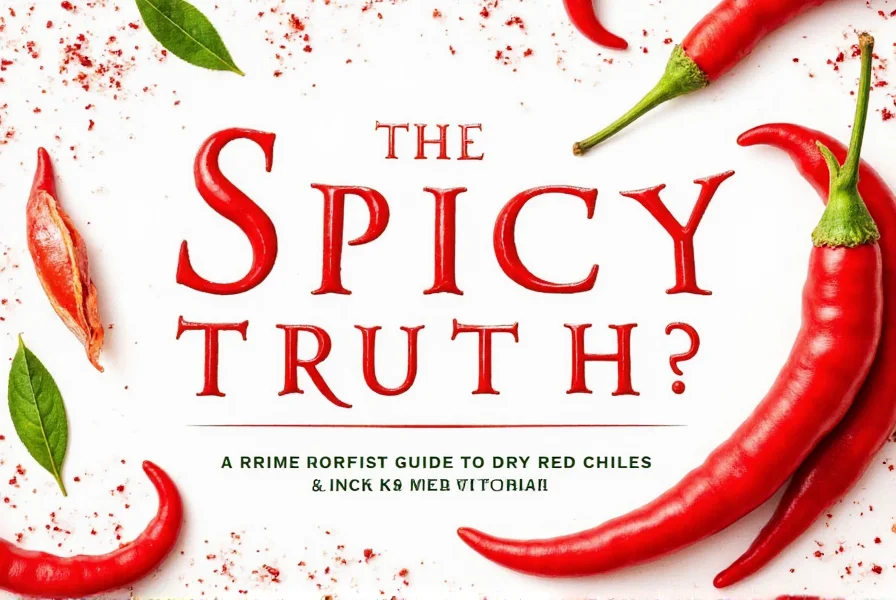
Cooking with Dry Red Chiles: Recipes and Techniques
Now that you know how to handle and choose dry red chiles, let's talk about how to use them in the kitchen. Here are professional-grade recipes and techniques to get you started:
1. Classic Chile Paste
This simple paste is the base for many traditional dishes. Rehydrate 4 ancho chiles in 1 cup warm chicken broth for 25 minutes. Remove stems and seeds, then blend with 1 garlic clove, 1/4 onion, 1 tbsp apple cider vinegar, and 2 tbsp broth until smooth. Strain through a fine-mesh sieve for restaurant-quality texture. This paste forms the foundation of authentic Mexican mole sauces.
2. Smoky Mole Sauce
Mole is a complex sauce that often uses ancho and pasilla chiles. Toast 3 ancho and 2 pasilla chiles for 45 seconds per side. Rehydrate in 1.5 cups hot broth for 30 minutes. Blend with 1 cup toasted tomatoes, 1/4 cup toasted almonds, 2 tbsp cocoa powder, 1 tsp cinnamon, and 1/2 tsp cumin. Simmer for 45 minutes until thickened. According to the Culinary Institute of America, this technique creates balanced smoky-sweet flavors perfect for enchiladas.
3. Spicy Hot Sauce
For a quick and easy heat boost, blend 5 rehydrated guajillo chiles with 2 garlic cloves, 1/4 cup lime juice, 1 tsp salt, and 1 tbsp honey. For restaurant-quality consistency, strain through cheesecloth. Store in sterilized bottles for up to 3 months. This sauce works perfectly on tacos, eggs, or grilled meats - the tangy fruitiness of guajillo balances the heat beautifully.
4. Seasoning Rub
Grind 2 tbsp dried cayenne with 1 tbsp smoked paprika, 1 tsp cumin, 1 tsp garlic powder, and 1/2 tsp black pepper to create a flavorful rub for chicken, beef, or vegetables. For maximum adhesion, mix with 1 tbsp olive oil before applying. Professional chefs recommend this rub for grilling, as the cayenne provides intense heat while smoked paprika adds depth without overpowering.
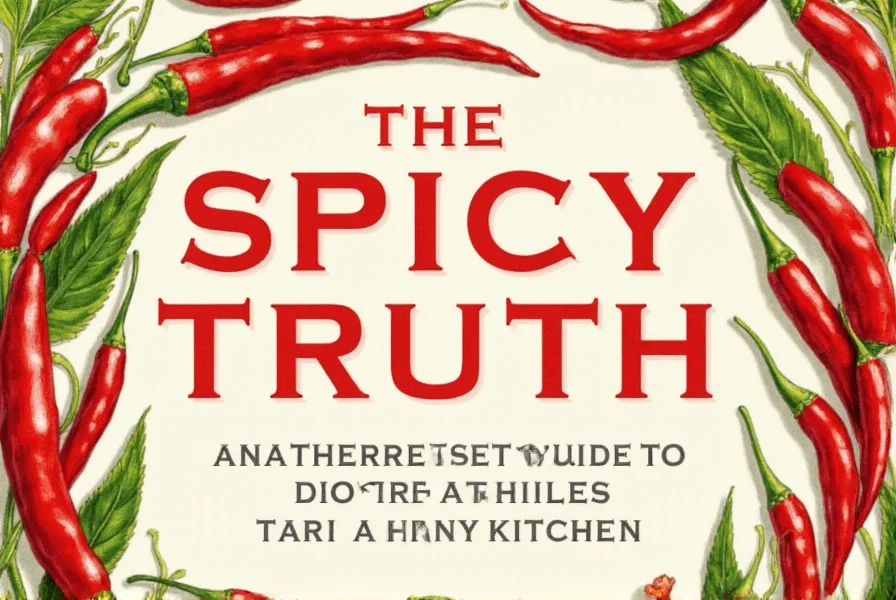
Conclusion
Dry red chiles are more than just a source of heat—they're a gateway to bold flavors, deep aromas, and culinary creativity. Whether you're a seasoned chef or a home cook looking to experiment, these chiles can transform your dishes in ways you never thought possible.
So next time you're in the kitchen, don't skip the chiles. Take a moment to toast, soak, and blend. You might just discover a new favorite spice that becomes a staple in your pantry.
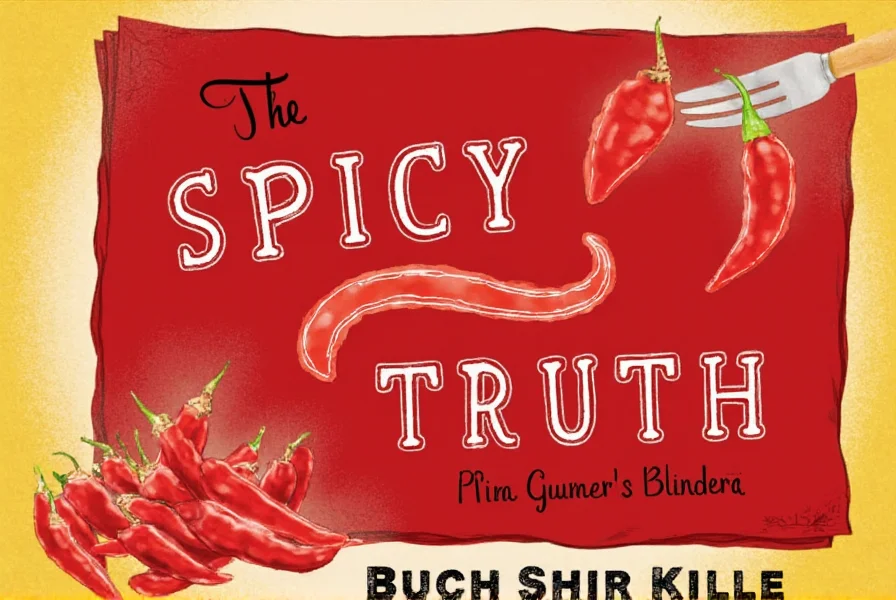
In short, dry red chiles are a must-have for anyone who wants to add depth, complexity, and a little fire to their cooking.
Frequently Asked Questions
How should I store dry red chiles to maximize freshness?
Store dry red chiles in an airtight container away from light, heat, and moisture. For optimal shelf life (6-12 months), keep them in a cool, dark pantry. For extended storage (up to 2 years), freeze them in a sealed container with silica gel packets to prevent moisture buildup.
Can I substitute one type of dry red chile for another?
Yes, but consider flavor profiles and heat levels. Ancho chiles (sweet/smoky) can substitute for pasilla, while guajillo (fruity/tangy) works for cascabel. Avoid replacing mild chiles like ancho with high-heat varieties like cayenne unless adjusting quantities. For precise substitutions, consult the Scoville scale to match heat levels.
Why do I need to toast dry red chiles before using them?
Toasting releases essential oils, deepens flavor complexity, and reduces bitterness. Heat chiles in a dry skillet for 30-60 seconds per side until fragrant—but never charred. This step is crucial for authentic mole and adobo sauces, as confirmed by the International Chili Society's culinary guidelines.
How do I reduce the heat level of dry red chiles?
Remove all seeds and white inner membranes before rehydrating, as capsaicin concentrates there. For extreme heat reduction, soak chiles in warm milk or vinegar instead of water, which neutralizes capsaicin more effectively than plain water. Professional chefs recommend this method for delicate dishes like seafood sauces.
What's the difference between dry red chiles and chili powder?
Dry red chiles are whole dried peppers, while chili powder is a processed blend of ground chiles plus spices like cumin and garlic. Homemade chili powder made from single-origin chiles (e.g., pure ancho powder) offers cleaner flavor than commercial blends. For best results, grind whole chiles yourself using a spice grinder to preserve volatile compounds.

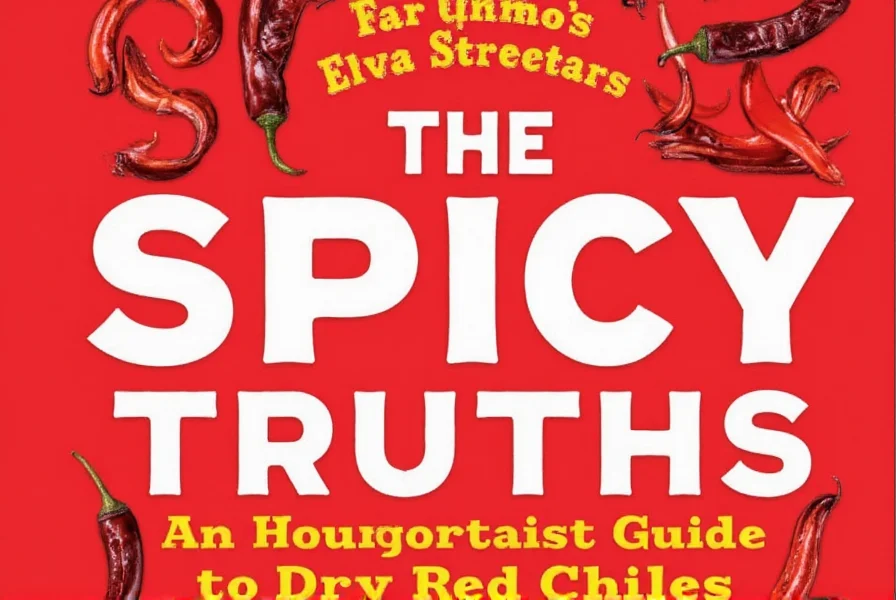









 浙公网安备
33010002000092号
浙公网安备
33010002000092号 浙B2-20120091-4
浙B2-20120091-4